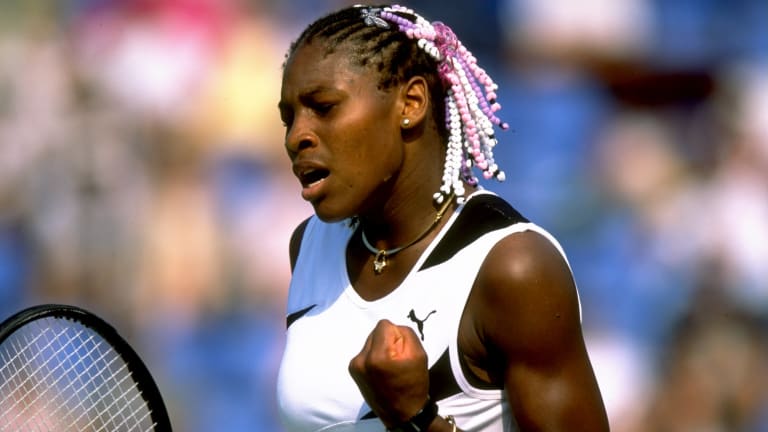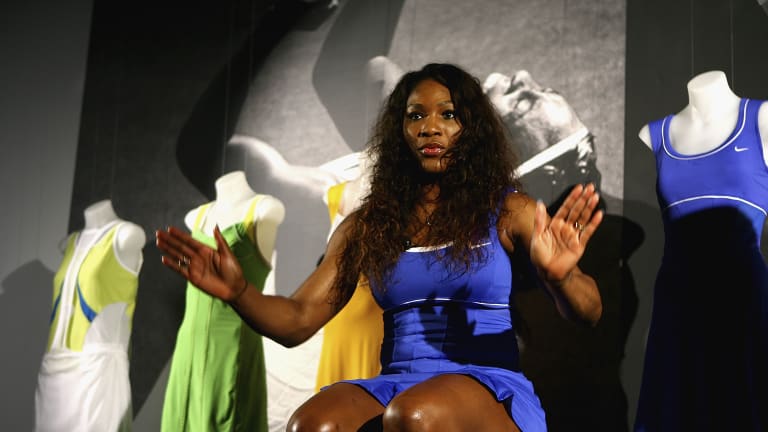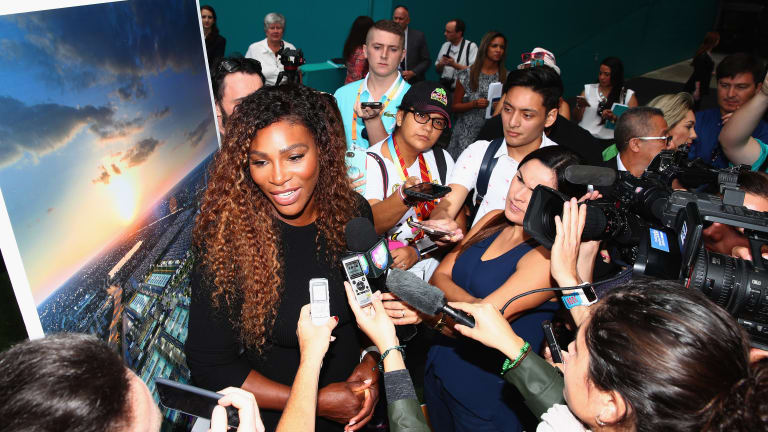#tbt, Money Moves: How Serena Williams set herself up for life after retirement
By Aug 11, 2022Jannik Sinner surpasses 50 million dollars in career prize money after winning Vienna
By Oct 27, 2025Carlos Alcaraz surpasses 50 million dollars in career prize money after winning the US Open
By Sep 08, 2025Style suites, tunnel walks, luxury collabs: Inside the ATP’s new fashion strategy
By Sep 02, 2025The US Open dating show: How Grand Slam events are shooting for a Gen Z audience
By Aug 25, 2025Brand news: Lacoste salutes "GOAT" Djokovic, Anisimova inks Tiffany deal ahead of US Open
By Aug 23, 2025ATP says Safe Sport program has flagged more than 162,000 abusive online comments to players
By Aug 21, 2025ATP partners with TikTok to capitalize on rise of BTS content
By Aug 19, 2025Venus Williams x Barbie: Inspirational tennis star is now a doll
By Aug 13, 2025Cincinnati qualifying kicks off with first look at revamped tournament grounds
By Aug 05, 2025#tbt, Money Moves: How Serena Williams set herself up for life after retirement
The 23-time Grand Slam champion has been preparing for the chapters beyond tennis since the moment she lifted her first WTA trophy.
Published Aug 11, 2022
Advertising

Serena signed her first major endorsement deal with Puma in 1997.
© 1999 Getty Images
Advertising

Long before Serena (left) climbed up the rankings, Richard Williams made sure his daughter's Puma contract included performance bonuses for when she reached the Top 10.
© 2016 Getty Images

Serena’s corporate partnerships are now a double digit who’s who list of blue-chip brands, including her biggest sponsor: Nike.
© 2012 Getty Images
Advertising

In 2016, Serena became the world's highest paid female athlete, earning almost $29 million in a single year.
© Getty Images
Advertising

Serena’s record $94.6 million in career prize money is more than double the WTA Tour’s second-highest earner: big sister Venus with $42.3 million.
© 2018 Getty Images